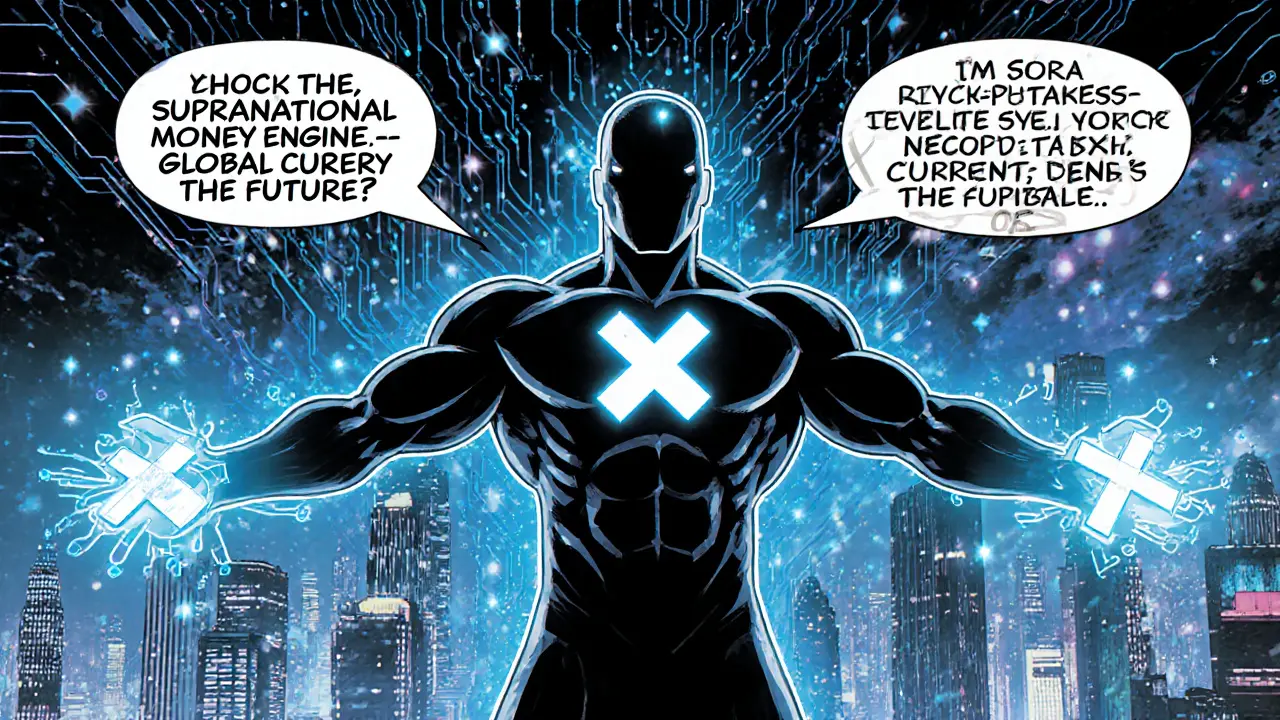When you hear CBDC, a digital form of a nation's fiat money issued directly by the central bank. Also known as central bank digital currency, it lets governments offer cash‑like payments on a digital network, the idea sounds futuristic but the reality is already taking shape. Imagine paying for coffee with a token that settles instantly, costs next‑to‑nothing in fees, and is backed by the same guarantee that protects your traditional bank balance. That promise is why CBDC is cracking headlines and drawing attention from policymakers, tech firms, and everyday users alike.
The backbone of most CBDC pilots is Blockchain, a distributed ledger that records transactions securely and transparently. While some projects opt for permissioned ledgers or hybrid models, the core idea remains: a tamper‑proof record that lets central banks monitor flows without slowing down payments. Pair that with a solid Regulatory Framework, the set of laws and guidelines that govern digital assets and protect consumers, and you get a system that can enforce anti‑money‑laundering rules, enforce caps, and still keep the user experience slick. The relationship is simple: CBDC requires reliable technology and clear rules, and those two elements together shape how quickly a country can launch a digital currency.
Beyond the tech and law, the biggest headline grabber is Financial Inclusion, the effort to make banking services reachable for everyone, especially the unbanked and underbanked. A well‑designed CBDC can give people without a bank account a safe way to store value, receive government benefits, or pay merchants—all from a basic mobile phone. Countries like the Bahamas and Nigeria are already seeing how digital cash can cut down transaction costs and bring people into the formal economy. At the same time, central banks must balance inclusion with privacy, ensuring that the ledger doesn’t become a surveillance tool. This tension between accessibility and control is a core debate that shows up in every policy paper and pilot report.
All these pieces—digital fiat, blockchain tech, regulatory oversight, and inclusion goals—form a tight web of interdependence. When one moves, the others shift: a stricter regulation can slow tech adoption, while a breakthrough in scalability can unlock new use cases for underserved populations. Below you’ll find a curated set of articles that break down each of these angles, from deep dives on modular blockchain architectures to step‑by‑step guides on implementing a Bitcoin DCA strategy, and from country‑specific licensing guides to practical reviews of emerging exchanges. Whether you’re a developer, an investor, or just curious about how digital money could change daily life, the collection provides the context and actionable insights you need to stay ahead of the curve.

Discover what SORA (XOR) crypto coin is, how its token bonding curve works, its role in the Solomon Islands CBDC, and how you can use or invest in XOR today.